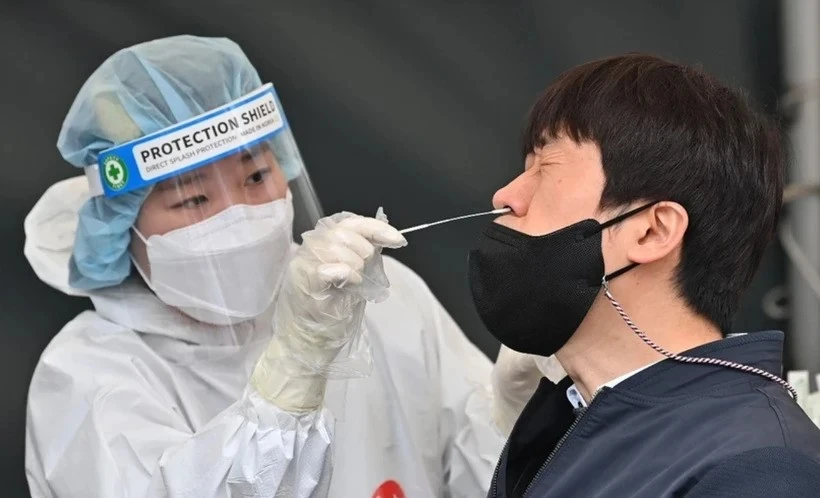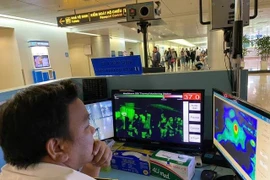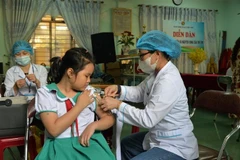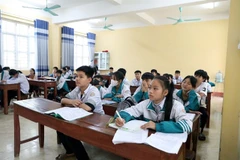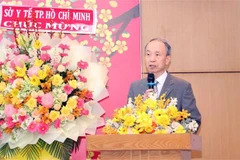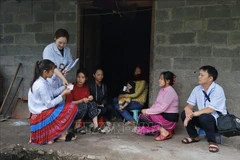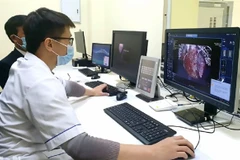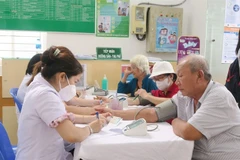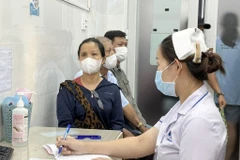Hanoi (VNA) – The Vietnamese Ministry of Health (MoH) on January 5 provided an update on the emerging cases of human metapneumovirus (HMPV)-linked pneumonia in China.
The Director of the MoH’s Department of Preventive Medicine Hoang Minh Duc revealed that daily surveillance systems have recently detected alarming reports concerning the rapid spread of HMPV in China from international media and social networks.
Just days ago on January 2, global news outlets sounded the alarm over an outbreak of pneumonia linked to HMPV, with symptoms strikingly similar to those of influenza and COVID-19. Social media platforms have been flooded with images showing hospitals at full capacity and overwhelmed cremation services, igniting fears of a potential health emergency reminiscent of the early stages of COVID-19 pandemic.
In response to these troubling developments, the MoH has reached out to the World Health Organisation (WHO) offices in Vietnam and the Asia-Pacific, as well as the International Health Regulations (IHR) focal point in China, known as the Chinese Centre for Disease Control and Prevention (China CDC). However, as of now, the WHO has yet to release any official information regarding the outbreak, leaving the reliability and authenticity of these reports in question.
According to the 2024 report on acute respiratory infectious diseases by the China CDC, respiratory samples collected from outpatient and emergency departments identified influenza virus, HMPV, and rhinovirus as the major contributors to the current wave of respiratory illnesses. Among patients hospitalised with severe acute respiratory infections, influenza virus, Mycoplasma pneumonia and HMPV were the leading causes.
China is now in its winter season when respiratory infections typically surge. The predominant pathogens during this period include seasonal influenza viruses, respiratory syncytial virus (RSV) in children, and HMPV. Despite the uptick in cases, the number of patients with influenza-like symptoms this year is reported to be lower compared to last year.
On January 4, the Chinese Ministry of Foreign Affairs reassured the public that the respiratory infections spreading in the country are seasonal and not indicative of any unusual public health event.
It explained that the HMPV virus spreads through respiratory droplets and shows symptoms akin to the common cold, including fever, cough, and nasal congestion. While it can lead to complications such as pneumonia and bronchitis, the highest risks are faced by children under five, the elderly, and those with weakened immune systems.
Director Duc underscored the department’s commitment to closely monitoring and tracking developments related to respiratory infections in China.
It is dedicated to maintaining close coordination with the WHO and the IHR focal point in China to ensure the public is informed with full and accurate information. This vigilant approach is crucial during the current winter-spring period, as weather conditions favour the spread of respiratory pathogens.
The public was urged to stay informed and vigilant without succumbing to unnecessary panic. As the situation evolves, the ministry will continue to provide timely updates and guidance to safeguard public health.
Citizens are encouraged to consume well-cooked food, maintain good hygiene, do regular exercise, use masks in public and crowded spaces, stay warm in cold weather, and ensure children receive full and timely vaccinations.
Those with symptoms should promptly seek medical attention to prevent complications, improper drug use, and antibiotic resistance./.
